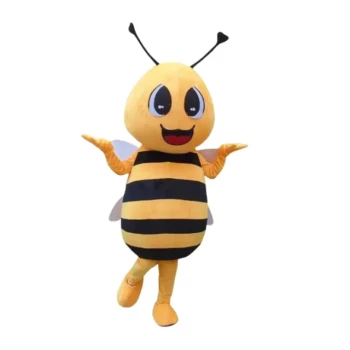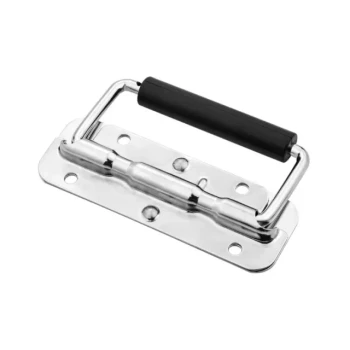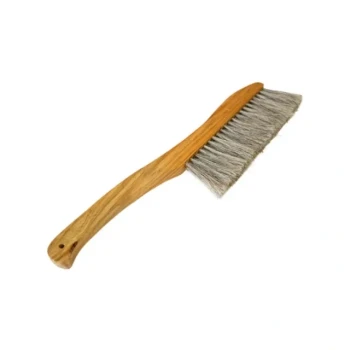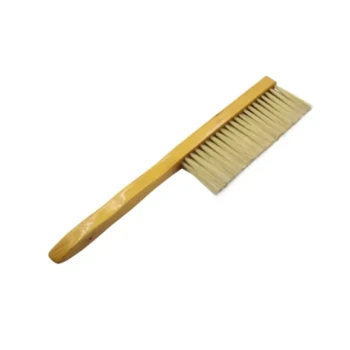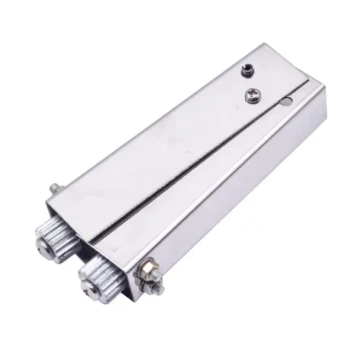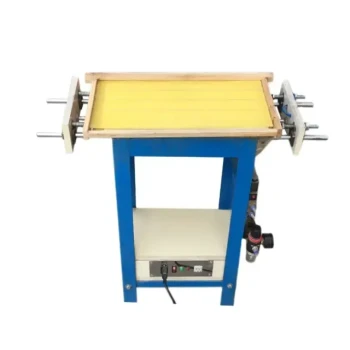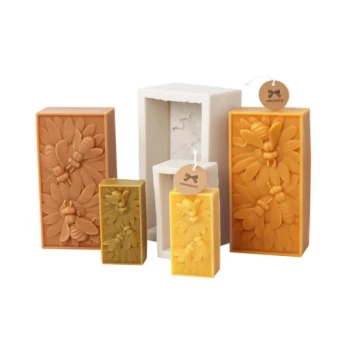The fundamental difference between a bee suit and a bee jacket lies in their coverage. A full bee suit is a one-piece garment offering head-to-ankle protection, while a bee jacket is an upper-body garment that must be paired with separate pants, providing less comprehensive coverage.
The choice between a suit and a jacket is not merely about the gear itself, but about finding the right balance between absolute protection, daily convenience, and your personal comfort level as a beekeeper.
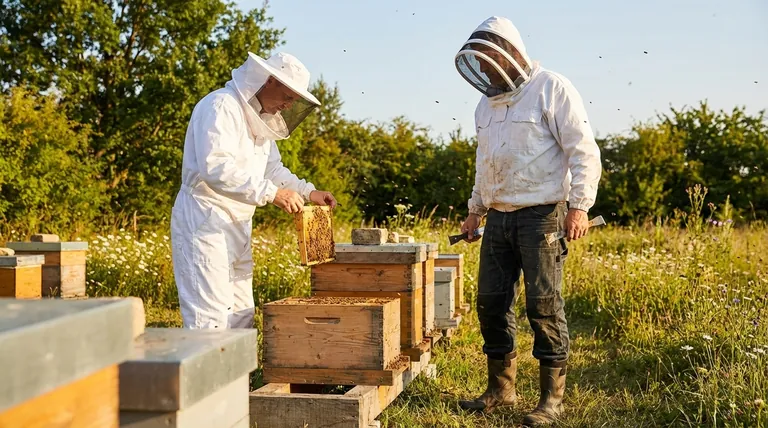
Breaking Down the Garments: Suit vs. Jacket
Choosing your primary piece of protective equipment is one of the first major decisions a beekeeper makes. Understanding the design of each option is the first step.
The Full Bee Suit: Comprehensive Coverage
A beekeeping suit is a single, full-length garment that covers you from your ankles to your wrists and neck. It is a one-piece coverall, typically including an integrated or detachable hood and veil.
This design offers the most complete protection possible. By creating a single, unbroken barrier, it minimizes the chances of a bee finding an entry point to your skin.
The Bee Jacket: Focused Protection
A bee jacket functions like the top half of a full suit. It is a long-sleeved jacket, also equipped with a hood and veil, that protects your torso, arms, and head.
Because it does not include pants, a beekeeper must provide their own lower-body protection. This is typically accomplished by wearing the jacket over thick jeans or other durable work pants.
Key Factors in Your Decision
The right choice depends less on the equipment itself and more on you and your specific circumstances.
Your Experience Level
For new beekeepers, a full bee suit is almost always the recommended starting point. It provides maximum security, allowing you to learn how to handle bees calmly without the distraction of fear. As you gain experience, you may opt for a jacket for quicker tasks.
The Temperament of Your Colony
Bee colonies have distinct personalities. If you are in an area with known defensive bees, such as Africanized Honey Bees, a full bee suit is non-negotiable. For calmer colonies, a jacket is often sufficient.
Your Personal Comfort and Psychology
The most important factor is that you feel safe. If the thought of a bee crawling up your pant leg makes you anxious, that anxiety will transfer to your movements and agitate the bees. The psychological security provided by a full suit can be invaluable.
Understanding the Trade-offs
Neither option is universally superior. Your choice involves balancing competing priorities.
Protection vs. Convenience
This is the central trade-off. A full suit offers superior protection by eliminating the gap between a jacket and pants, but it is more cumbersome to put on and take off.
A jacket offers excellent convenience for quick hive inspections but requires you to consciously ensure your lower half is adequately protected.
Risk of Gaps
The primary vulnerability of a jacket is the gap at the waist. While a long jacket and high-waisted pants can minimize this, a one-piece suit entirely eliminates the risk of bees finding their way in at your midsection.
Heat and Mobility
In hot climates, a full suit can be significantly warmer than a jacket and jeans. A jacket provides better ventilation and can feel less restrictive, offering a greater range of motion for your lower body.
How to Choose the Right Gear for Your Goal
Base your decision on your immediate priority.
- If your primary focus is maximum safety as a new beekeeper: Choose the full bee suit to build confidence and learn bee behavior without fear.
- If your primary focus is convenience for quick, routine hive checks: A bee jacket is an efficient choice, provided you pair it with durable, thick pants.
- If your primary focus is working with an unknown or defensive colony: Always default to the comprehensive security of a full bee suit, regardless of your experience.
Ultimately, the best protective gear is the one that empowers you to work calmly and confidently with your bees.
Summary Table:
| Feature | Bee Suit | Bee Jacket |
|---|---|---|
| Coverage | Full-body (head to ankle) | Upper-body (torso, arms, head) |
| Protection Level | Maximum, eliminates waist gap | High, requires separate pants |
| Best For | New beekeepers, defensive colonies, maximum safety | Experienced beekeepers, quick inspections, hot climates |
| Convenience | More cumbersome to put on/take off | Quicker to don and doff |
Work Confidently and Safely with the Right Protective Gear
Choosing between a bee suit and a jacket is crucial for your safety and comfort. At HONESTBEE, we supply durable, high-quality beekeeping suits and jackets designed for the demands of commercial apiaries and equipment distributors. Our wholesale-focused operations ensure you get the reliable protection you need.
Let us help you equip your team for success. Contact our experts today to discuss your bulk equipment needs and find the perfect solution for your operation!
Visual Guide
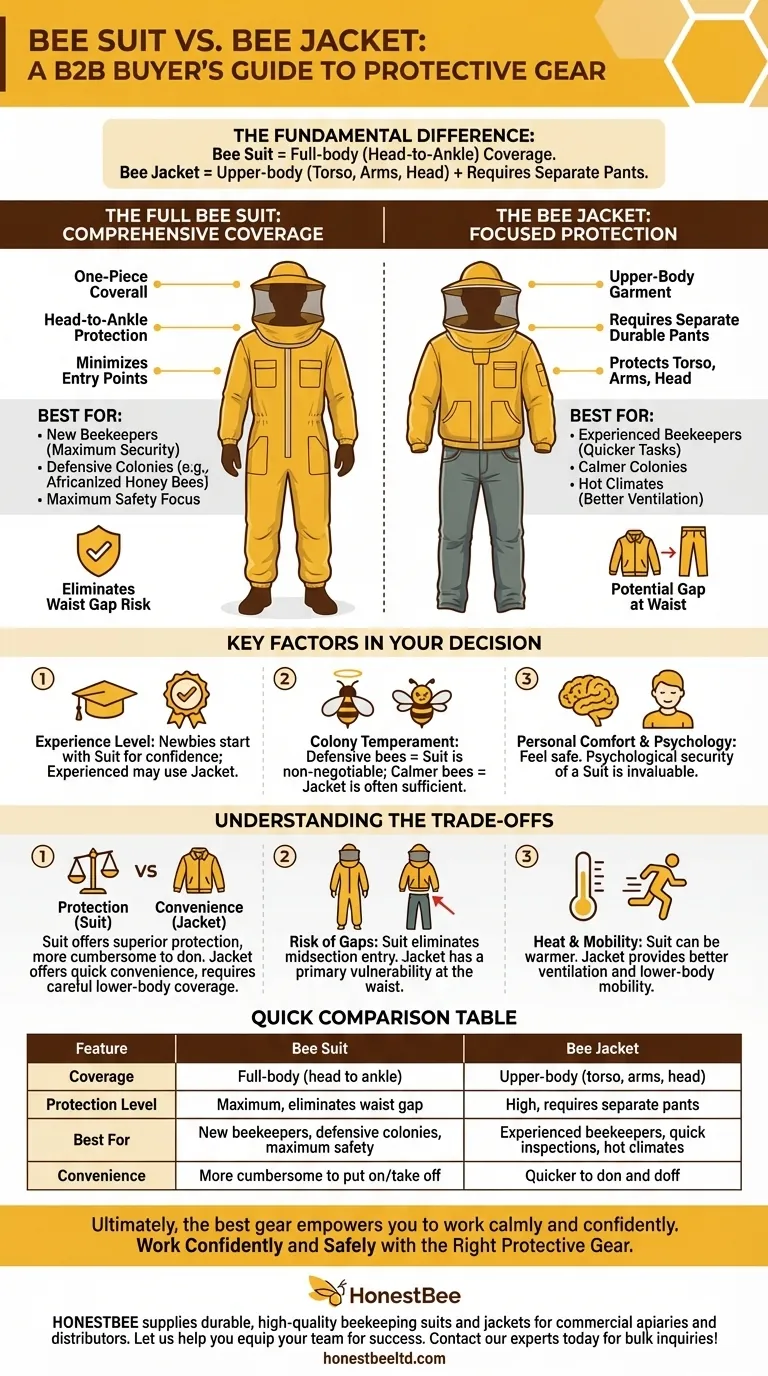
Related Products
- Cotton Beekeeping Suit and Round Hat with Veil Bee Keeper Protective Gear
- White Beekeeping Protective Suit and Hat with Fencing Veil for Beekeepers
- Professional Beekeeping Suit for Kids and Girls Childrens Bee Keeper Suit
- Heavy Duty Cowboy Beekeeper Hat with Visibility Veil Outdoor Professional Beekeeping Protective Gear
- Beekeeper Cowboy Hat and Veil for Beekeeping
People Also Ask
- How should a beekeeping suit be hung to maintain its shape? Protect Your Investment with Proper Storage
- What is recommended for beginners in beekeeping regarding protective clothing? A Complete Safety Guide for New Beekeepers
- Why is a jacket with a hat veil recommended for beekeepers? Essential Protection for Your Face and Neck
- Do beekeeping suits completely prevent stings? Maximize Your Apiary Safety with the Right Gear
- How should a bee suit be cleaned? Protect Your Investment and Ensure Apiary Safety





